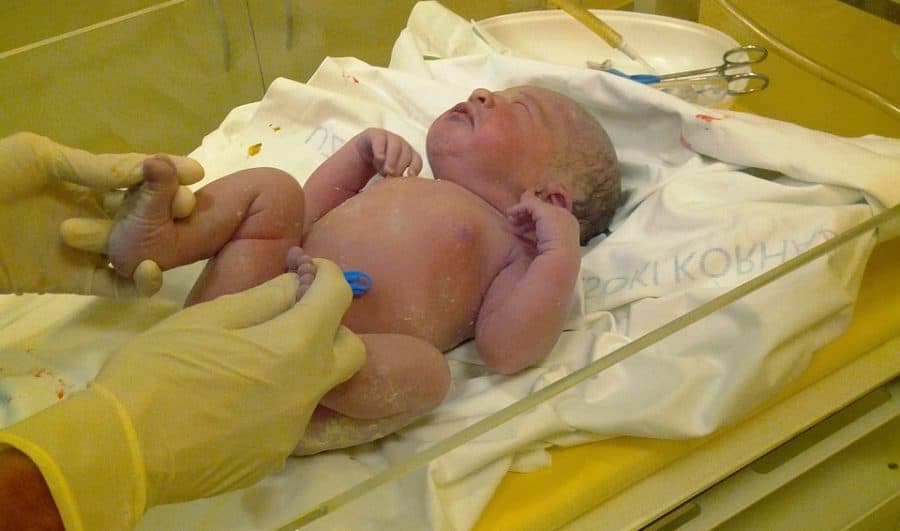An Australian-led study finds that aiming to wait just 60 seconds to clamp the umbilical cord of very premature babies at birth continues to have benefits two years on – decreasing the child’s risk of death or major disability.
The new research, led by the University of Sydney, is a two-year follow up of the Australian Placental Transfusion Study, the award-winning and largest-ever clinical trial of delayed cord clamping of babies born before 30 weeks. It was conducted in 25 hospitals across seven countries.
The new study compared outcomes for over 1500 babies from the initial study, 767 with caregivers aiming for 60 second delay in clamping and 764 with caregivers aiming for cord clamping before 10 seconds after delivery.
Researchers found that delaying clamping reduces a child’s relative risk of death or major disability in early childhood by 17 percent. This included a 30 percent reduction in mortality before the age of two.
In addition, 15 percent fewer infants in the delayed-clamping group needed blood transfusions after birth.
The study is published in The Lancet Child and Adolescent Health today.
It is coordinated by the University of Sydney’s NHMRC Clinical Trials Centre in collaboration with the IMPACT Clinical Trials Network of the Perinatal Society of Australia and New Zealand and the Australian and New Zealand Neonatal Network.
Study lead, Professor William Tarnow-Mordi, Head of Neonatal and Perinatal Trials at the Clinical Trials Centre and Professor of Neonatal Medicine in the Faculty of Medicine and Health said the simple process of aiming to wait a minute before clamping will have significant impact worldwide.
“It’s very rare to find an intervention with this sort of impact that is free and requires nothing more sophisticated than a clock. This could significantly contribute to the UN’s Sustainable Development goal to end preventable deaths in newborns and children under five – a goal which has really suffered during the pandemic,” he said.
“Applied consistently worldwide, aiming to wait a minute before cord clamping in very preterm babies who do not require immediate resuscitation could ensure that an extra 50,000 survive without major disability in the next decade,” said biostatistician Dr Kristy Robledo from the University of Sydney who led the two-year follow-up analysis.
“In other words, for every 20 very preterm babies who get delayed instead of immediate clamping, one more will survive without major disability.”
Delayed umbilical cord clamping is routine in full term babies to allow the newborn time to adapt to life outside the womb, however, until recently, clinicians generally cut the cord of preterm babies immediately so urgent medical care could be given.
“Ten years ago, umbilical cords were routinely clamped quickly after a very preterm birth and the baby was passed to a paediatrician in case the child needed urgent help with breathing,” said Professor Tarnow-Mordi.
“But we now know that almost all very preterm babies will start breathing by themselves in the first minute, if they are given that time.”
“We think that, after delaying cord clamping, babies get extra red and white blood cells and stem cells from the placenta, helping to achieve healthy oxygen levels, control infection and repair injured tissue.”


